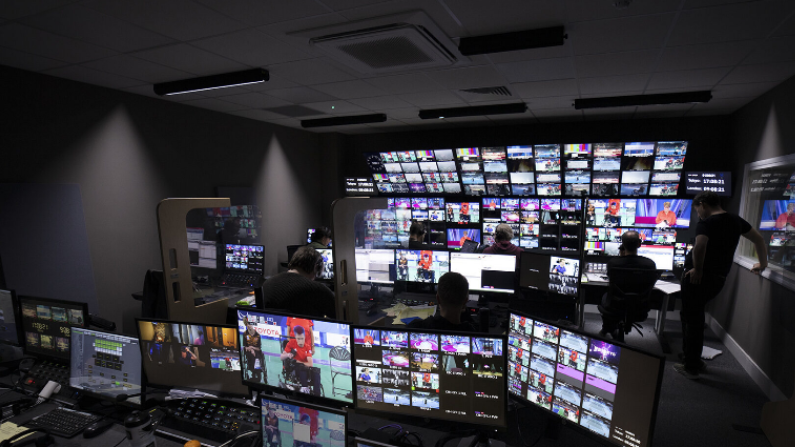
What is Broadcast Systems Integration
Systems integration is the process of combining different systems and technologies to create a cohesive and functional whole. In the field of broadcast systems integration, this typically involves integrating various hardware and software components to create a broadcast chain that can effectively acquire, process, and transmit audio and video content to the public.
The goal of systems integration is to create a system that is reliable, efficient, and easy to use, while also meeting the specific needs and requirements of the end user. To achieve this, systems integrators must carefully plan and design the system, taking into account factors such as the type and amount of content being transmitted, the equipment and technology being used, and the physical layout and infrastructure of the facility.
The process of systems integration typically involves several steps, including needs assessment, design and planning, equipment procurement and installation, testing and commissioning, and training and support. It may also involve the integration of new technologies, such as audio over IP (AoIP) or video over IP (VoIP), to improve the efficiency and flexibility of the system.
Overall, systems integration plays a critical role in the success of a broadcast facility, ensuring that all components of the system are working together seamlessly to deliver high-quality audio and video content to the public.
Broadcast Systems Integration Glossary of terms
|
1. Audio over IP (AoIP): A method of transmitting audio signals over a network using Internet Protocol. |
|
2. Automation: The use of computers to control equipment in a broadcast facility, such as playout servers and transmitters. |
|
3. Broadcast chain: The series of equipment and processes used to transmit audio and video content to the public. |
|
4. Character generator (CG): A device or software used to generate and superimpose text and graphics on video signals. |
|
5. Codec: A device or software that encodes and decodes audio and video signals for transmission over a network. |
|
6. Content management system (CMS): Software used to manage and organize audio and video content. |
|
7. Control room: The central location in a broadcast facility where audio and video signals are monitored and controlled. |
|
8. Digital audio workstation (DAW): Software used to record, edit, and produce audio content. |
|
9. Downconverter: A device that converts high-frequency signals to lower frequency signals. |
|
10. Encoder: A device or software that converts an analog signal into a digital signal for transmission over a network. |
|
11. Graphics engine: Hardware or software used to generate and superimpose graphics on video signals. |
|
12. Ingest: The process of transferring audio and video content into a broadcast facility for processing and transmission. |
|
13. Intercom: A communication system used in a broadcast facility to allow staff to communicate with each other. |
|
14. Loudness measurement: The process of measuring and controlling the loudness of audio signals to ensure consistent volume levels. |
|
15. Master control: The central location in a broadcast facility where all incoming and outgoing audio and video signals are managed. |
|
16. On-air: A term used to describe audio and video content that is being transmitted to the public. |
|
17. Playout: The process of scheduling and transmitting audio and video content to the public. |
|
18. Production switcher: A device used to switch between multiple video sources in a live production. |
|
19. Router: A device that forwards data packets between computer networks. |
|
20. Switcher: A device used to select between multiple audio and video sources in a broadcast facility. |
|
21. Transmission: The process of sending audio and video signals over a network or airwaves to be broadcast to the public. |
|
22. Upconverter: A device that converts low-frequency signals to higher frequency signals. |
|
23. Video server: A device used to store and play out video content in a broadcast facility. |
|
24. Video switcher: A device used to switch between multiple video sources in a broadcast facility. |
| We hope the description and Glossary for Broadcast Systems Integration has been useful to you. |
